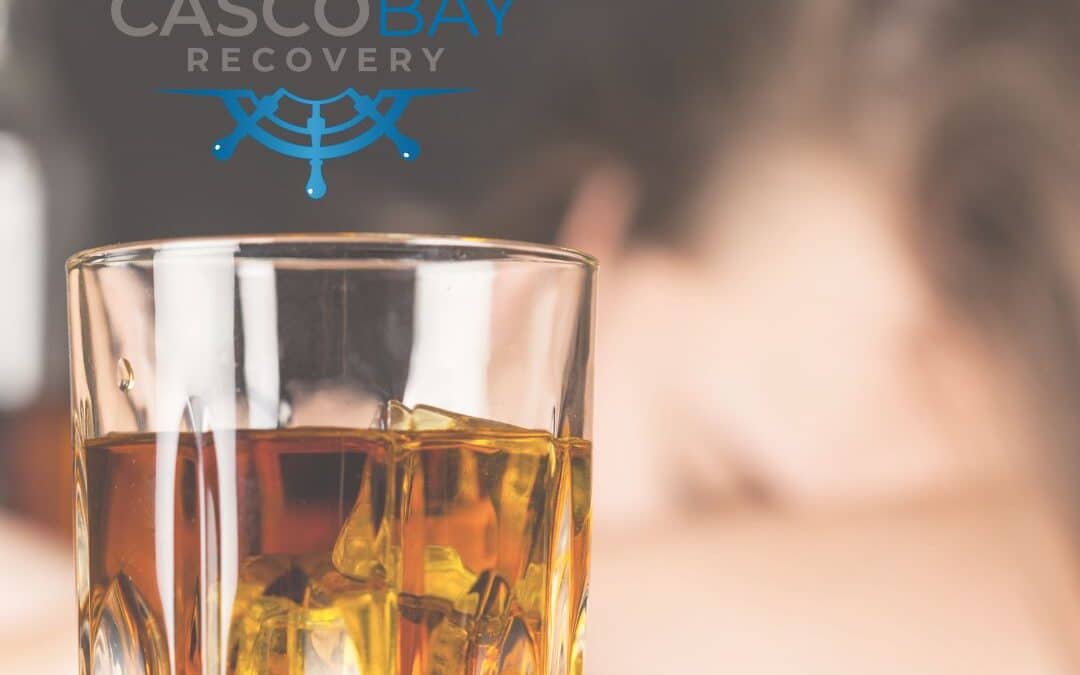K2, also known as Spice, is a popular form of synthetic marijuana that mimics the psychoactive effects of THC. Despite its growing prevalence, many people are still unsure how long K2 remains in their system.
If you or a loved one needs treatment for substance abuse, our drug rehab in Maine can help you. We want to help you reap the benefits of sober living.
What is K2?
K2 is a synthetic cannabinoid, a chemical compound that mimics the effects of THC, the main psychoactive ingredient in cannabis. It is typically sold as an herbal incense or other smokeable product and is not approved for medical use. K2 has been linked to severe side effects and has caused numerous deaths due to overdose.
Common street names of K2 include:
- Spice
- Genie
- Fake weed
- Blaze
How Does K2 Work?
When consumed, synthetic drug K2 acts upon the brain’s cannabinoid receptors. This causes the user to experience a range of psychoactive effects, including altered perceptions, enhanced visuals and sensations, and an overall feeling of euphoria.
K2 also produces a sedative effect that can last for hours after consumption. In addition, K2 has been known to cause confusion and anxiety in some users.
What Are the Side Effects of K2?

K2/Spice is synthetic cannabis, a designer drug made to mimic the effects of marijuana. It can have serious side effects including anxiety, paranoia, hallucinations, nausea and vomiting, rapid heart rate, increased blood pressure, seizures, and even death.
In addition to these physical side effects, K2/Spice can have long-term mental health consequences such as depression and memory loss. The drug has been linked to psychosis and schizophrenia due to its chemical composition which is not fully understood.
K2 also carries a risk of addiction that can be difficult to overcome without an addiction treatment program.
How Long Do the Side Effects of Spice Last?
The duration of side effects from using spice (K2) can vary depending on the user and the amount consumed. Generally, the effects may last between three to four hours, although some users have reported feeling effects even days after use.
How Long Does K2 Last in Your System?
The effects of K2 are onset within minutes of consumption. A K2 high typically lasts for 4 to 8 hours.
Screening Detection Times for K2
Does K2 show up on a drug test? K2, or spice, is a form of synthetic marijuana that can be detected on a drug test. The detection times may vary depending on different factors.
Urine
The detection times for K2 in urine vary depending on the person and the amount taken. Generally, it can be detected for up to 30 days after ingestion.
Blood
It may take up to 2 days for K2 to be detected in the body. The detection time for a blood test is typically between 3 and 7 days.
Saliva
The saliva detection times for K2 vary and depend on the individual. Saliva tests are not typically used for K2, but a saliva test can detect K2 usage within 24-72 hours after use.
Hair
The hair follicle detection times for K2 vary but typically range from 90 days to 12 months. However, certain factors such as length of hair and amount consumed may affect the detection time.
What Are the Factors Affecting How Long Spice Stays in the System?
When answering the question, “How long does K2 stay in your system?” there are several factors to consider:
- Age: Younger people have a higher functioning organ system than older people, making it easier for them to metabolize the drug.
- Metabolism: Individuals with faster metabolic rates will process and eliminate the synthetic cannabinoids from their bodies quicker than those with slower metabolic rates.
- Frequency of use: The more often an individual takes spice/K2, the longer it will stay in their system as the body will need to process a larger amount of the drug before it is eliminated.
- Body fat percentage: The higher an individual’s body fat percentage, the longer spice/K2 can stay in their system since these drugs are fat soluble and can be stored in fatty tissues for a longer period compared to someone with a lower body fat percentage.
- Dosage: Higher doses of spice/K2 will lead to a longer elimination half-life since there is more substance that needs to be processed by the body.
- Hydration levels: Those who are better hydrated tend to have shorter elimination times as water helps flush out toxins from the body quicker than those who are not well hydrated.
How is K2 Metabolized in the Body?
K2, or synthetic marijuana, is made of a combination of psychoactive chemicals that mimic the effects of THC in cannabis. The body metabolizes K2 by breaking down the active chemicals in the drug into metabolites, which are then further broken down and eliminated from the body.
The metabolites created by K2 depend on the exact chemical makeup of the drug, making it difficult to predict how long it will stay in a person’s system. Metabolizing K2 can take anywhere from several hours to several days.
What Happens When You Stop Taking K2?

Without these compounds in the body, these symptoms should eventually subside. In addition to physical and mental symptoms, long-term use of K2/spice can lead to addiction and withdrawal symptoms when stopped abruptly.
If left untreated, mental health issues such as anxiety or depression can worsen, leading to a co-occurring disorder. This condition can be treated through a dual-diagnosis program.
K2/Spice Misuse and Addiction
K2/Spice misuse and addiction is a growing problem in the United States. K2 is a man-made drug that has similar effects to marijuana but can be much more dangerous due to its unpredictable chemical structure. It is widely available for purchase in convenience stores, gas stations, smoke shops, and online.
K2/Spice use has been associated with serious health risks including hallucinations, extreme anxiety, rapid heart rate, vomiting, elevated blood pressure, and kidney damage. These psychoactive compounds bind to the same brain cell receptors as Tetrahydrocannabinol (THC), the active ingredient in marijuana.
Although they are marketed as “safe” alternatives to marijuana, the chemicals used to make K2/Spice can be up to three hundred times stronger than THC. As a result of this strength and unpredictability of its composition, users may experience more intense psychological effects than when using marijuana and could even become addicted.
Treatment for Marijuana Addiction
Marijuana addiction treatment typically follows the same treatment model as addiction to other substances, such as alcohol and opioids. The primary goals of treatment are to help the individual abstain from marijuana use and to address any underlying psychological or social issues that may have contributed to the development of their addiction.
Detoxification
The first step in treatment is typically abstinence-based, meaning that the person must stop using marijuana altogether. This can be particularly difficult for those who have been using marijuana for a long period and thus have developed a strong dependence on it.
In these cases, detoxification and withdrawal management may be necessary before any further treatment can begin. During this process, a medical professional will provide support and medications to help manage withdrawal symptoms such as insomnia, anxiety, nausea, and cravings.
Therapy
Once an individual has achieved abstinence from marijuana use, they will usually move into counseling or therapy sessions that focus on long-term recovery objectives.
Cognitive Behavioral Therapy (CBT) is often used to help individuals identify triggers for marijuana use so that they can better avoid them in the future. Dialectical Behavior Therapy (DBT) is also frequently used to teach individuals healthier coping mechanisms which can assist them with managing stress and other emotions without resorting to substance use.
Group therapy can also be beneficial for connecting with others who are struggling with addiction so that participants can share advice and support one another through their journeys toward recovery.
Holistic Treatment
In addition to counseling sessions, holistic treatments such as yoga therapy or mindfulness meditation may also be employed as part of a comprehensive approach toward recovery from marijuana addiction. These activities offer individuals an opportunity to develop healthy connections between body and mind which can assist with managing stress more effectively while avoiding relapse into substance use.
Medication-Assisted Treatment (MAT)
Medication-assisted treatment (MAT) may also be administered if deemed suitable by a medical professional given the individual’s particular circumstances. Anti-anxiety medications such as benzodiazepines may be prescribed during the detoxification process to help manage withdrawal symptoms.
Other medications such as antidepressants may also be appropriate depending on factors such as age and any mental health conditions present at the time of diagnosis or arising during treatment itself.
Casco Bay Recovery Can Assist Marijuana Addiction

If you or a loved one is interested in learning more about our services, contact us today! We want to help you break the cycle of addiction and start on the path to recovery.






